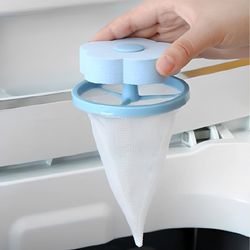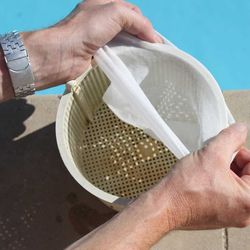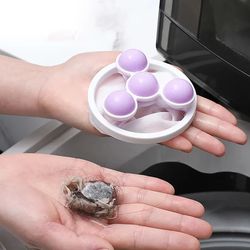GRAF FILTER CARTRIDGE Reinforced for highly polluted water based on Graphene
$135.00
& FREE Shipping
Quantity
1
Payment Methods:
About this item
The Graf Future Reinforced cartridge is designed for highly polluted water. The cartridge is based on graphene (HCR-carbon mixture of high reactivity), which effectively cleanses water from organic and inorganic pollutants, preserving all the useful micro-and macro-elements contained in the water, so that it becomes not only clean, but also useful for your health!
The Graf Future Enhanced cartridge uses graphene that has undergone special processing, thanks to which it has acquired new properties. In addition to filtration and sorption, this cartridge provides complete water purification from bacteria (including spore forms), viruses, and pathogenic fungi. Increased bulk density and contact surface of the cartridge loading material, making Graf Future even more inaccessible to all competing water treatment systems.
HSR is a new substance of a certain class, which has no analogues in the world in terms of physical, chemical, functional and economic characteristics, as well as environmental cleanliness.
Unsurpassed sorption characteristics of HSS are confirmed in practice by the results of repeated field tests (in different countries of the world), as well as numerous examinations conducted by competent national and international organizations.
According to studies conducted in the United States, HSR sorption capacity exceeds the best in the American market sorbent GAG (activated carbon from coconut) by more than 300 times!
The high-reactivity carbon mixture and its production technology were created by Academician V. I. Petrik as a result of the scientific discovery "The phenomenon of the formation of nanostructured carbon complexes", certified by the International Association of Authors of Scientific Discoveries in 2001, Diploma No. 163.
Large-scale tests were carried out on various indicators. Here are just a few of them:
Institute of Criminalistics of the FSB of the Russian Federation;
Institute of Spectroscopy of the Russian Academy of Sciences;
Moscow State Institute of Electronic Engineering;
Moscow State University named after M. V. Lomonosov;
Research Institute of the Ministry of Defense of the Russian Federation;
FSUE " NPO " V. G. Khlopin Radium Institute»;
FSUN FNPC named after F. F. Erisman of Rospotrebnadzor;
FSUE " Center of Extreme Medicine»;
Research Institute of "First Aid" named after I. I. Dzhanelidze;
FSUE "Institute of Toxicology".
These studies have shown that the use of HSR as a sorbent opens up new unique opportunities in water treatment technologies.










